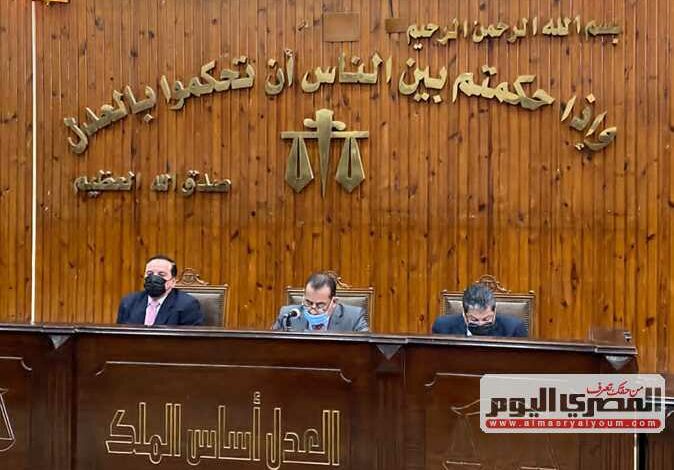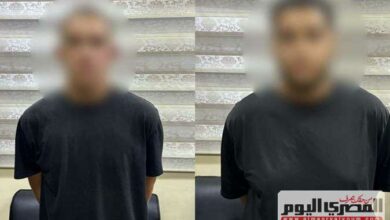
The Giza Criminal Court on Saturday sentenced Karim al-Hawary, the son of a businessman, to three years in prison for running over four students in a Sheikh Zayed collision, possessing and using narcotics, and exceeding the prescribed speed limits.
The last session of the trial witnessed the families of the four victims relinquish their accusation against Hawary of manslaughter, and presented their reconciliation with the defendant before the court.
The court convicted the suspect of the crime of driving under the influence of a drug, which caused the death of four people.
The culprit was initially charged with killing four people in a car accident and confessed to the felony before the investigation authorities in December 2021.
Investigations revealed that “the accused was driving recklessly and under the influence of narcotics and other intoxicants.”
The referral order of accused to the Criminal Court stated that on December 10th in the Sheikh Zayed Police Department Department in Giza Governorate, the accused had obtained with the intent to abuse the substance of cocaine, and mistakenly caused the death of four people.
The referral order on December 13 said that the accused did not take into account the distance between him and the car of the victims, so he hit it from behind, toppling it, causing the victims the injuries shown in the attached medical reports that claimed their lives.
The Public Prosecution established evidence against the suspect from the testimony of six witnesses: two people who saw the accident as concluded by the Public Prosecution’s investigations, a third whose security camera recorded the course of the accident, the police officer who received the notification of the accident and undertook its examination, another officer who conducted investigations around it, and the forensic doctor who examined samples taken from the suspect.
In addition to what was proven to the Public Prosecution from viewing the video clip of the accident and the location of the security camera that recorded the footage, the conclusion of the Central Administration of Chemical Laboratories at the Forensic Medicine Authority proved that the suspect was under the influence of cocaine and ethyl alcohol.




